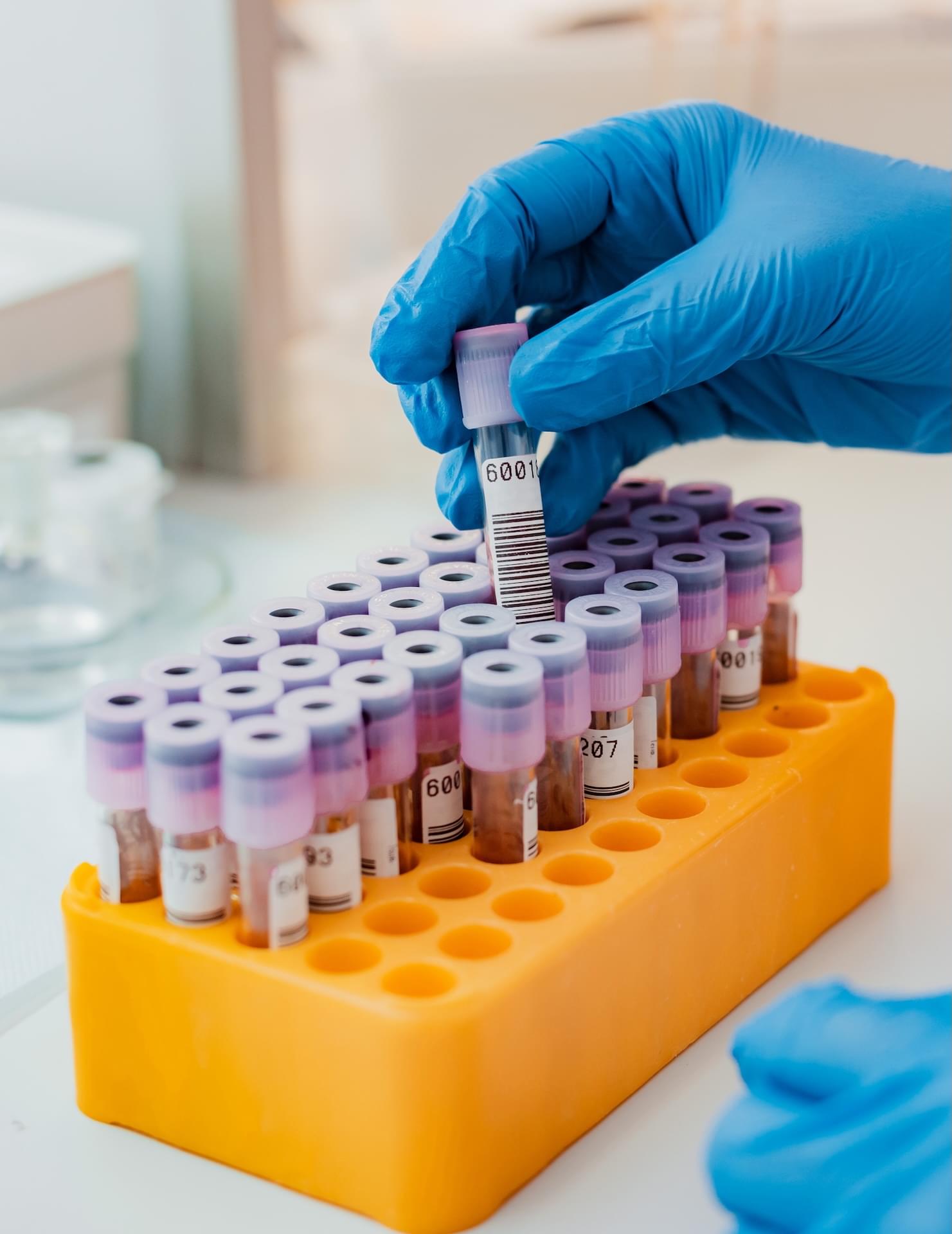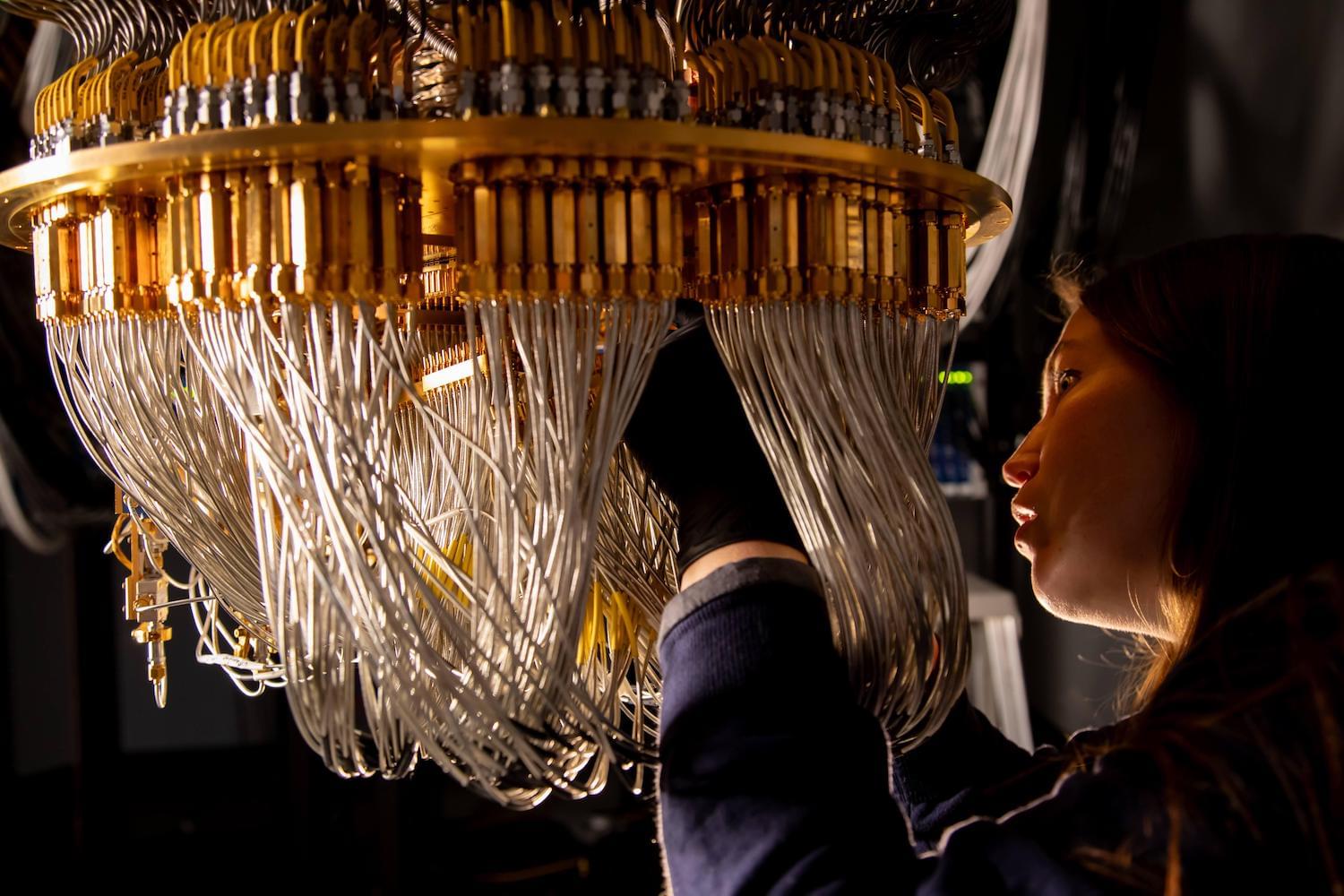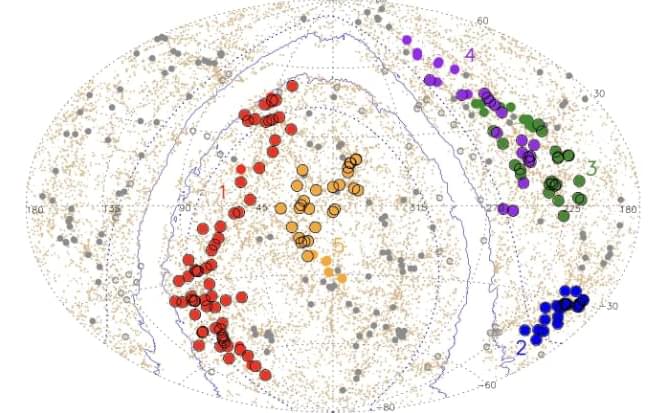For modern biotherapeutics, cell line development workflows must include more than just automated liquid handling.



By Nina Bai
Stanford Medicine is the first to offer the new blood test for mold infections deep inside the body, sparing patients from tissue biopsies.


Last month was the world’s warmest January on record and raised further questions about the pace of climate change, scientists say.
January 2025 had been expected to be slightly cooler than January 2024 because of a shift away from a natural weather pattern in the Pacific known as El Niño.
But instead, last month broke the January 2024 record by nearly 0.1C, according to the European Copernicus climate service.

In December, the company gave access to developers and trusted testers, as well as wrapping some features into Google products, but this is a “general release,” according to Google.
The suite of models includes 2.0 Flash, which is billed as a “workhorse model, optimal for high-volume, high-frequency tasks at scale,” as well as 2.0 Pro Experimental for coding performance, and 2.0 Flash-Lite, which the company calls its “most cost-efficient model yet.”
Gemini Flash costs developers 10 cents per million tokens for text, image and video inputs, while Flash-Lite, its more cost-effective version, costs 0.75 of a cent for the same. Tokens refer to each individual unit of data that the model processes.



Is it possible to understand the Universe without understanding the largest structures that reside in it? In principle, not likely.
In practical terms? Definitely not. Extremely large objects can distort our understanding of the cosmos.
Astronomers have found the largest structure in the Universe so far, named Quipu after an Incan measuring system. It contains a shocking 200 quadrillion solar masses.


Figure AI CEO Brett Adcock promised to deliver “something no one has ever seen on a humanoid” in the next 30 days.
“We found that to solve embodied AI at scale in the real world, you have to vertically integrate robot AI.”
“We can’t outsource AI for the same reason we can’t outsource our hardware.”
Figure AI, a robotics company working to bring a general-purpose humanoid robot into commercial and residential use, announced Tuesday on X that it is exiting a deal with OpenAI. The Bay Area-based outfit has instead opted to focus on in-house AI owing to a “major breakthrough.” In conversation with TechCrunch afterward, founder and CEO Brett Adcock was tightlipped in terms of specifics, but he promised to deliver “something no one has ever seen on a humanoid” in the next 30 days.
OpenAI has been a longtime investor in Figure. The two companies announced a deal last year that aimed to “develop next generation AI models for humanoid robots.” At the same time, Figure announced a $675 million raise, valuing the company at $2.6 billion. Figure has so far raised a total of $1.5 billion from investors.
The news is a surprise, given the role that OpenAI plays in the cultural zeitgeist. Mere association with the company comes with a rapid profile boost. In August, the two companies announced that the Figure 2 humanoid would use OpenAI models for natural language communication.